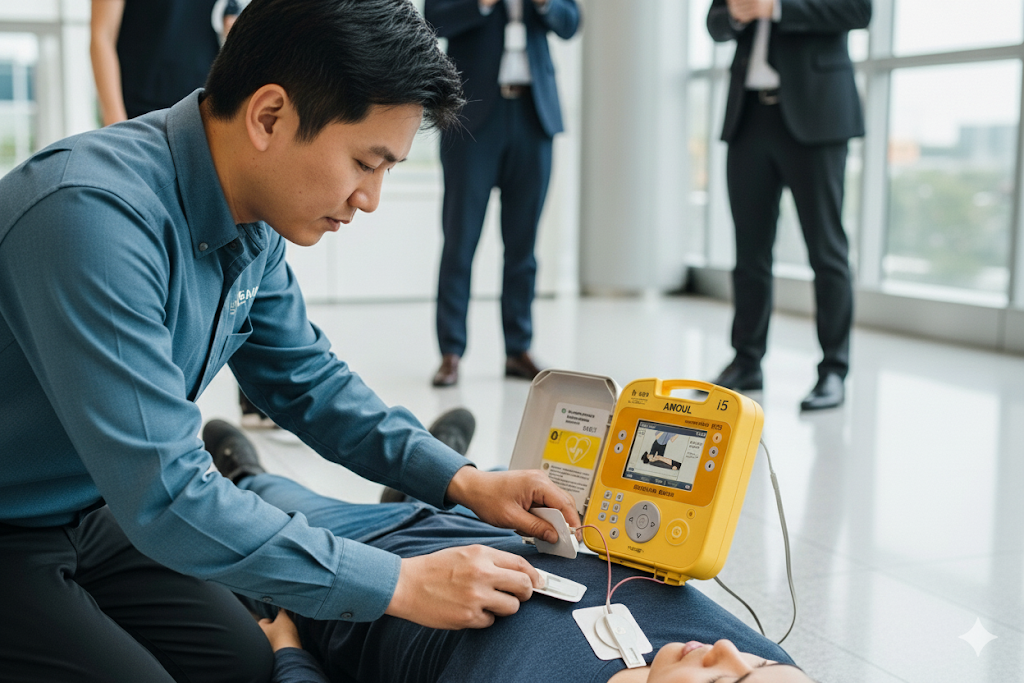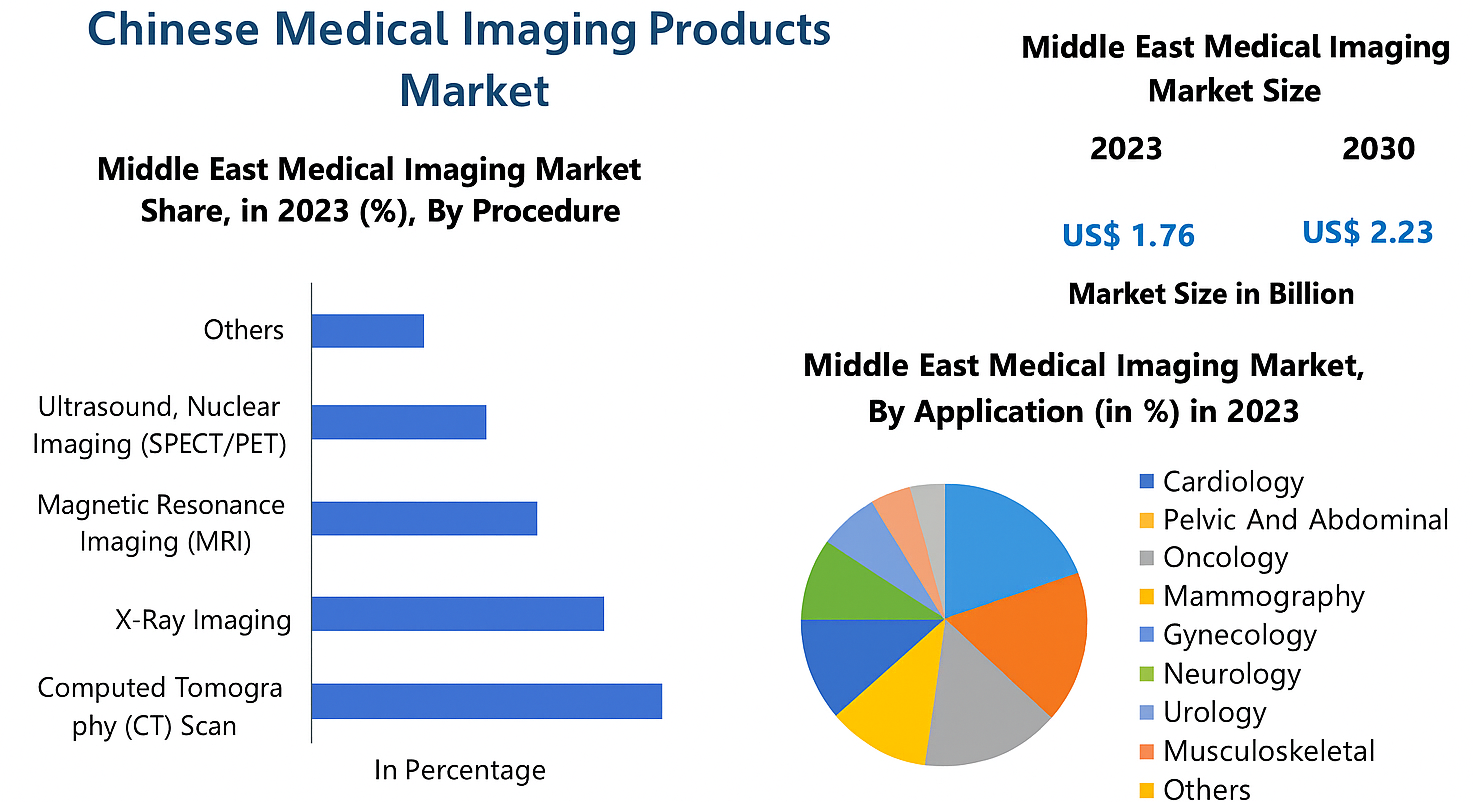The Lifeline: Why Quality and Maintenance of Emergency Medical Equipment Matter
In the world of healthcare, seconds can mean the difference between life and death. While highly trained medical professionals are the heroes in these moments, they rely on a critical partner: high-quality emergency care medical equipment. This equipment is the silent lifeline, and its performance is non-negotiable. For healthcare providers, prioritizing this equipment during the purchasing process isn’t just a choice—it’s a fundamental responsibility.
The Critical Consequences of Compromise
When faced with a purchasing decision, it’s easy to be swayed by a lower price tag. However, with emergency medical devices, this can lead to devastating consequences. A defibrillator that fails to deliver a shock, a ventilator that malfunctions, or a monitor that gives an inaccurate reading can directly jeopardize a patient’s life. The immediate aftermath includes compromised patient outcomes, but the long-term effects can be equally damaging, including loss of trust and reputation damage to the healthcare facility.
For a patient and their family, the consequences are unimaginable. They place their trust in the equipment and the professionals using it. Knowing what can happen when that equipment fails underscores the vital importance of making the right investment from the start.
Beats: Your Partner in Medical Equipment Excellence
At Beats, we understand that quality extends far beyond the point of sale. Our commitment is to ensure that every piece of equipment we provide is a reliable lifeline. We don’t just sell devices; we offer a complete ecosystem of support to keep them in peak condition.
Our comprehensive service portfolio includes:
- Preventive Planned Maintenance (PPM): Regular, scheduled check-ups to proactively identify and fix potential issues before they cause a failure.
- Annual Maintenance Contracts (AMC): A complete service package that provides peace of mind through a year-round commitment to your equipment’s health.
- Calibration Services: Ensuring your devices are accurately measuring and performing to their specifications.
- Breakdown Services: Our rapid response team is always ready to address and resolve any unexpected equipment failures.
- Training Services: We empower your staff with the knowledge and skills needed to operate and maintain the equipment safely and effectively.
We believe that a well-maintained piece of equipment is a testament to our shared commitment to patient safety.
Introducing Our Latest Innovation: The Amoul® i5 Semi-Automatic External Defibrillator
When a cardiac emergency strikes, you need a device you can trust implicitly. That’s why Beats is proud to offer the Amoul® i5 Semi-Automatic External Defibrillator. Backed by two decades of expertise from its parent company, Ambulanc (Shenzhen) Tech. Co., Ltd., Amoul® is a brand born from the vision of emergency care experts. Their dedication to innovating life support solutions has led to a remarkable product that embodies reliability and advanced technology.
The Amoul® i5 AED is a standout choice for its professional-grade features, designed to empower healthcare workers with confidence and efficiency. Its 7” HD LCD Screen provides clear, visible, and audible guidance for defibrillation, while its remotely management platform with GPS allows for real-time location and status monitoring—a feature that can be invaluable in a large facility or in the field.
With the capacity to store up to 1000 events and 24 hours of ECG data, it offers comprehensive post-incident analysis. Its high-capacity battery can provide up to 200 shocks, ensuring it’s ready for multiple emergencies, and the optional rechargeable battery adds an extra layer of readiness. Applicable to both adults and children, the i5 is a versatile and essential tool for any emergency kit.
By choosing the Amoul® i5 AED, you are investing in a product with over 400 patents and a wide range of international certifications, including FDA (EUA) and CE. This is not just a device; it is a life support solution meticulously engineered by a professional R&D team to bring a new level of confidence and capability to your emergency care protocols. It’s a purchase that prioritizes patient safety above all else, aligning perfectly with the mission of every healthcare provider.












